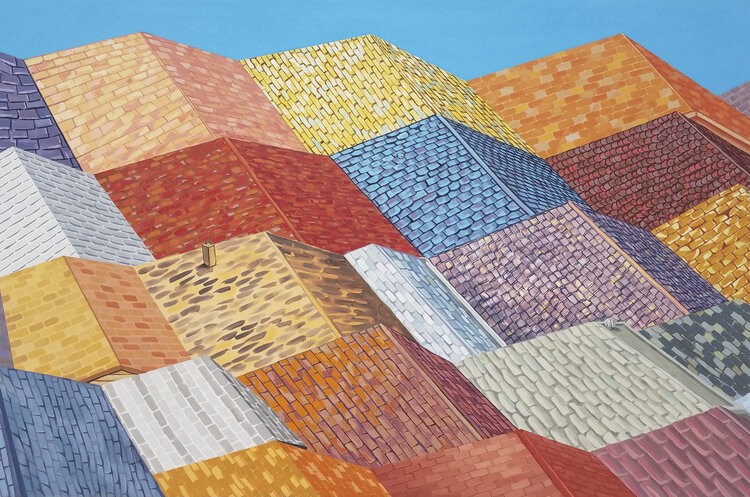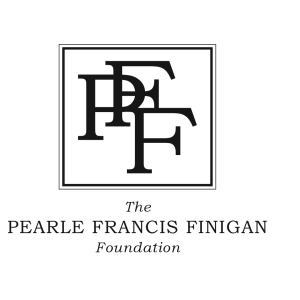Lindsey Day
Lindsey Day
Watch Studio Visit
Lindsey Day is a visual artist living in Omaha, NE. Born and raised in the Midwest, Day earned an MFA in Painting and Drawing from University of Nebraska–Lincoln in 2019. Her visual language is familiar to that of urban environments where harmony and balance rely on the destruction, preservation, and metamorphosis of space. Through painting, drawing, and collage, Day emphasizes her own drama and spirit using the modern landscape as her guide. She has been an Artist in Residence at the Vermont Studio Center, the Kimmel Harding Nelson Center for the Arts, and the LUX Center for the Arts. In addition to teaching higher education, Day is a proud mentor to emerging artists throughout the Midwest, teaching private art lessons and group workshops. She is currently the Properties Artisan at the Omaha Community Playhouse, where she designs and builds artistic and functional props for one of the largest non-profit theatres in the nation.
Through her visual art practice, Day appreciates and challenges the modern landscape for its formal energy and rich implications. Much of her work is composed using imagery inspired by construction sites, public and private work zones, and traffic control and road navigation symbols. Day focuses on the habitual reactions to the shapes, colors, and forms of these objects and signs. Orange, yellow, red, and anything neon, stand out in nature; they vibrate against the cool blues, greens, and browns of the sky and land. Even without the pulse of human traffic, the world moves and speaks within its structure, color, and sign language. With this in mind, the modern designs and functions of our landscape align closely with the pursuit of painting, drawing, building, and making as lively navigational tools.
Day uses scenarios familiar to urban environments to express nuanced concepts of risk, caution, action and inaction, free will and systematic development. Through painting, Day inserts herself into a system of her own fabrication, becoming a contractor, an urban planner, a material contributor, and a liberal performer. In the studio, she is both the recipient and the conductor of any possible risk. It is a controlled place to openly evaluate and represent experience with and exposure to danger, harm, and loss. Day obliquely considers her subjects for their visual potential and influence through line, form, and metaphor. Her invented landscapes manifest warning, but the active threat has been removed. They instigate both the fear and the thrill of the unknown. They advocate for vigilance and embrace chaos. Each piece becomes its own object of caution, a permanent icon of inherent risk.












































